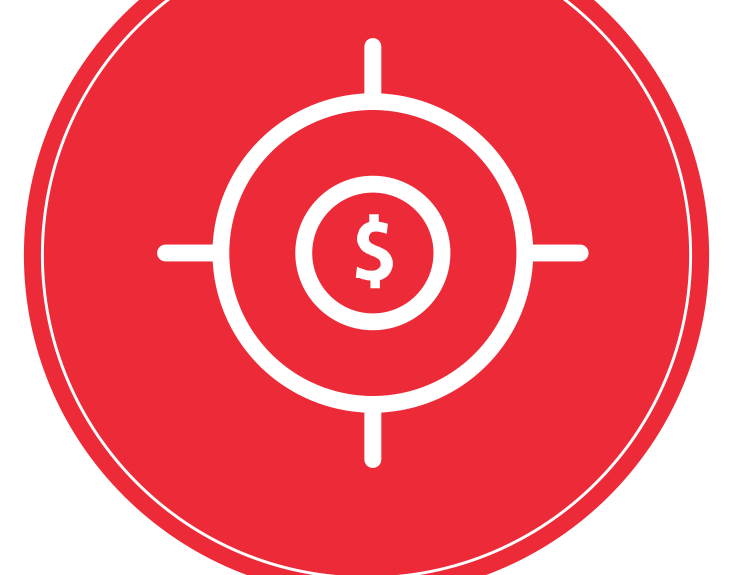The Economics of Product Commercialization: Three Essential Steps
When it comes to developing a product for commercialization, defining the economic targets at the onset is essential. A knowledgeable development partner will assist their client in understanding the cost model before product development begins. There are several key factors associated with the cost model to consider when designing a product, process efficiency (burdened labor and scrap) and the cost of raw materials. These factors typically have the largest influence on the cost of producing the product and ultimately achieving targeting profit margins.
There are three essential steps to ensure these factors are considered and monetary success is realized. A discovery process at the onset of the concept, must focus on defining the targeted acquisition costs. CEO, Robert Austring states that “the acquisition cost is determined by the targeted sales price, less the desired profit margin, resulting in the acquisition cost.” (listen to the full podcast here) Secondly, the costing model should be continuously evaluated to ensure that objectives are being achieved at each stage of development. Lastly, realignment. The path to commercialize a product is not straight and narrow. In fact, it is comprised of many forks in the road. These forks, decision points, need to be considered to understand the impact on the product, features and costs. A competent development partner will present options, risks and implications associated with the decision.
With a thorough definition of the targets at the onset, a continuous stream of evaluation, and realignment can be performed to achieve on-target products that meet specification and cost targets.
Discovery Process
When evaluating a prospective product, there is a detailed discovery process that development companies should initiate. At the kick-off meeting there should be a detailed discussion about the target sales price, desired margins and the target acquisition price. This equation will establish the price the clients can pay a contract manufacturer to produce their product. To determine the price, the market needs to be analyzed, what are similar products being sold for, is there medical reimbursement and at what price point, is there a strong differentiator that will allow for a premium price. A strong development partner will aid in this analysis, especially in terms of what it takes realistically produce the desired product. This establishes a target that must be considered throughout each step of the development process.
Continuous Evaluation
In most cases, the pricing target will evolve. The costs need to be evaluated, debated and compromises reached to achieve the target. There are many stories where clients have added to many features or engineers have over engineered the product and realized a product that exceeded all performance expectations but was too expensive to commercialize. In rare cases, a program may need to be shelved because the economics are not realistic. This evaluation is an ongoing, dynamic process and there are many decision points along the way. A successful partnership involves continuous discussion around the benefits, downfalls, and overall impact of making changes throughout the process. It is vital that these discussions are held continuously throughout the development process to ensure the economics are accomplished and avoid a panicked rush to redesign at the end of the process.
Realignment
A competent development/manufacturing firm will invest their resources into creating a product that will be manufacturable and achieve the acquisition price targets. When the realization that target is not realistic, the team should step away and work with their client to address margins, product requirements, feature sets or expectation for the market. The earlier this can be determined in the development process, the better, for the development schedule and budget. These can be difficult but necessary discussions.
Lighthouse Imaging’s Economic Targeting and Tracking Process
Lighthouse is a contract development and manufacturing firm that designs and develops products with the objective of commercializing products on behalf of their clients. They have a broad understanding of the factors required to achieve commercialization of a product that achieves both performance specifications as well as the acquisition price. Attention must be placed in evaluating the impact of design decisions on unit costs to ensure that products are not over engineered. During the initial discovery, discussions must be held to ensure the economics are appropriate for both the client and Lighthouse for the product to be successfully commercialized. If the expectations are unrealistic, Lighthouse will work with the client evaluate changes necessary to meet objectives or may even decide against pursuing a project, so that not to create a product that’s not economically viable commercially and would result in a loss for both partners. The company rigorously follows the three essential steps to ensure commercial success for their partner.

